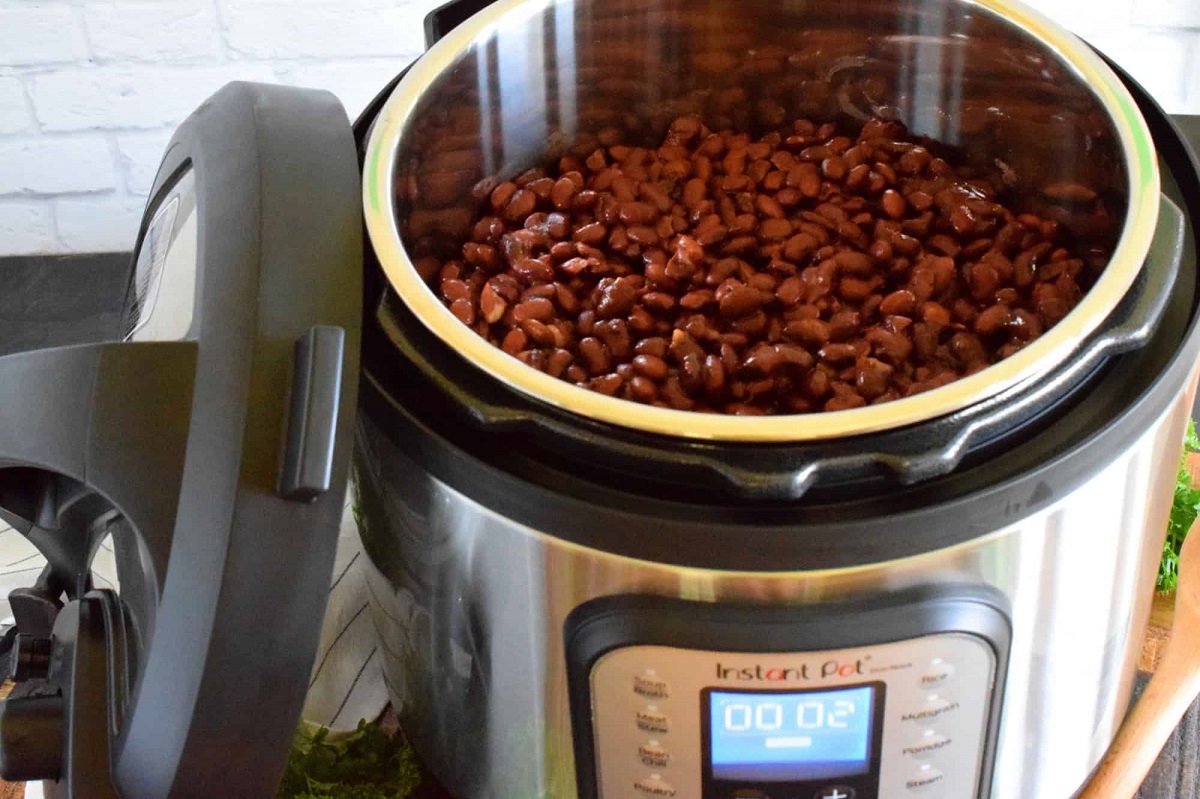

Articles
How Long Do You Cook Beans In A Slow Cooker
Modified: February 23, 2024
Discover the best articles on how long to cook beans in a slow cooker. Find expert tips and techniques for perfectly cooked beans every time.
(Many of the links in this article redirect to a specific reviewed product. Your purchase of these products through affiliate links helps to generate commission for Storables.com, at no extra cost. Learn more)
Introduction
Cooking beans in a slow cooker is a convenient and delicious way to prepare this nutritious food. Not only does it save time and effort, but it also allows for a set-it-and-forget-it cooking method that yields tender and flavorful beans. Whether you’re a seasoned chef or a beginner in the kitchen, using a slow cooker to cook beans can be a game-changer.
In this article, we will explore the benefits of cooking beans in a slow cooker, the types of beans that can be cooked using this method, how to prepare beans for slow cooking, the cooking times for various bean varieties, helpful tips, and even ideas for flavoring and seasoning your slow cooker beans. By the end, you’ll be equipped with all the information you need to create perfectly cooked beans in your slow cooker.

Key Takeaways:
- Slow cooker beans offer convenience, time-saving, and nutritious benefits. Experiment with different bean varieties, flavoring options, and storage methods for delicious and versatile meals.
- Properly preparing, cooking, and flavoring slow cooker beans can result in tender, flavorful, and nutritious dishes. Experiment with different types of beans, seasonings, and storage methods for a variety of delicious meals.
Read more: How Long Do You Cook A Ham In A Slow Cooker
Benefits of Cooking Beans in a Slow Cooker
Cooking beans in a slow cooker offers numerous benefits that make it a popular choice among home cooks. Here are some of the advantages:
- Convenience: One of the main benefits of using a slow cooker is the convenience it provides. You can simply add the ingredients and let the cooker do the work while you go about your day. There’s no need for constant monitoring or stirring.
- Time-saving: Slow cookers are designed to cook foods slowly over a long period of time. This means you can set it in the morning and have a delicious meal ready by dinnertime without having to spend hours in the kitchen.
- Tender and flavorful: Slow cooking allows the flavors to develop and intensify, resulting in rich and delicious beans. The slow, gentle heat helps to break down the fibers in the beans, making them tender and creamy.
- Nutritious: Beans are packed with essential nutrients such as protein, fiber, vitamins, and minerals. Slow cooking helps to retain these nutrients, making the beans a wholesome and nutritious addition to your meals.
- Cost-effective: Beans are an affordable source of protein, and cooking them in a slow cooker can help stretch your food budget. By using dried beans and cooking them at home, you can save money compared to buying canned beans.
- Versatility: Slow cookers are versatile appliances that can handle a wide range of recipes, including different bean varieties. You can easily experiment with different flavors and seasonings to create a variety of delicious bean dishes.
These benefits make cooking beans in a slow cooker a practical and rewarding choice for anyone looking to enjoy the taste, convenience, and nutritional benefits of this versatile ingredient.
Types of Beans That Can Be Cooked in a Slow Cooker
When it comes to cooking beans in a slow cooker, the options are virtually limitless. From kidney beans to black beans to chickpeas, here are some popular bean varieties that can be cooked to perfection in a slow cooker:
- Black Beans: Black beans are commonly used in Latin American and Caribbean cuisine. They have a rich, earthy flavor and a firm texture that holds up well in slow cooking.
- Red Kidney Beans: Red kidney beans are a staple in many chili recipes. They have a robust flavor and a slightly mealy texture, making them ideal for slow cooking.
- Pinto Beans: Pinto beans are commonly used in Mexican cuisine, often refried or used in bean soups and stews. They have a creamy texture and a slightly nutty flavor.
- Chickpeas (Garbanzo Beans): Chickpeas are versatile legumes that can be used in a variety of dishes, from hummus to curries. They have a mild, nutty flavor and a firm texture that holds up well in slow cooking.
- Navy Beans: Navy beans are small, white beans with a mild flavor and a creamy texture. They are often used in dishes like baked beans and soups.
- Cannellini Beans: Cannellini beans are large, white Italian beans. They have a creamy texture and a mild flavor, making them a perfect choice for slow-cooked dishes like casseroles and soups.
These are just a few examples of the many types of beans that can be cooked in a slow cooker. Feel free to experiment with different varieties and discover your favorite flavors and textures.
Preparing Beans for Cooking in a Slow Cooker
Properly preparing beans before cooking is key to achieving the best results in a slow cooker. Here are the steps to follow:
- Sorting: Start by sorting through the dried beans to remove any debris, rocks, or discolored beans. Rinse them under cold water to remove any dust or dirt.
- Soaking: Soaking the beans before cooking can help reduce cooking time and make them easier to digest. There are two common methods for soaking beans:
- Overnight Soak: Place the beans in a large bowl and cover them with several inches of water. Let them soak overnight, or for at least 8 hours. Drain and rinse the beans before cooking.
- Quick Soak: If you don’t have time for an overnight soak, you can use the quick soak method. Place the beans in a pot and cover them with water. Bring to a boil and let them boil for 2 minutes. Remove from heat, cover the pot, and let the beans soak for 1 hour. Drain and rinse before cooking.
- Draining and Rinsing: After soaking, drain and rinse the beans under cold water. Discard any soaking water, as it may contain anti-nutrients and gas-causing compounds.
- Optional: Sautéing: To enhance the flavor of the beans, you can sauté some aromatics like onions, garlic, and spices in a pan before adding them to the slow cooker. This step is optional but adds an extra layer of flavor.
Once you’ve followed these preparation steps, you’re ready to transfer the beans to the slow cooker and start the cooking process. Remember to always refer to the specific recipe or cooking times for the type of beans you’re using.
Cooking Times for Different Beans in a Slow Cooker
The cooking times for beans in a slow cooker can vary depending on the type of beans you’re using, as well as the age and size of the beans. Here are the approximate cooking times for some common bean varieties:
- Black Beans: Black beans typically take around 6-8 hours on low heat or 3-4 hours on high heat to become tender.
- Red Kidney Beans: Red kidney beans require a longer cooking time. They usually take 8-10 hours on low heat or 4-6 hours on high heat to cook thoroughly.
- Pinto Beans: Pinto beans usually take around 6-8 hours on low heat or 3-4 hours on high heat to achieve a creamy texture.
- Chickpeas (Garbanzo Beans): Chickpeas have a longer cooking time compared to other types of beans. They typically take 8-10 hours on low heat or 4-6 hours on high heat to reach a tender consistency.
- Navy Beans: Navy beans generally take around 7-9 hours on low heat or 4-5 hours on high heat to become soft and creamy.
- Cannellini Beans: Cannellini beans have a similar cooking time to navy beans. They usually take 7-9 hours on low heat or 4-5 hours on high heat to become tender.
It’s important to note that these cooking times are approximate and can vary based on the specific slow cooker model, altitude, and personal preference for the level of tenderness. It’s always a good idea to periodically check the beans for doneness as they near the expected cooking time.
Experimenting with cooking times and adjusting them to suit your preferences will help you achieve perfectly cooked beans that are tender and flavorful. Remember to refer to your slow cooker manual and recipe guidelines for more specific cooking instructions based on the type and quantity of beans you’re using.
For cooking beans in a slow cooker, it’s best to soak them overnight and then cook on low for 6-8 hours or on high for 3-4 hours. This will ensure they are fully cooked and tender.
Read more: How Long To Cook Canned Beans In Slow Cooker
Tips for Cooking Beans in a Slow Cooker
Cooking beans in a slow cooker is a straightforward process, but a few tips can help you achieve the best results. Consider the following tips for cooking beans in a slow cooker:
- Use enough liquid: Beans absorb a significant amount of liquid during cooking. Ensure there is enough liquid to cover the beans by at least an inch. If the beans start to dry out during cooking, you can add more liquid, such as water or broth, as needed.
- Avoid adding acidic ingredients early on: Acidic ingredients like tomatoes, vinegar, and citrus can interfere with the cooking process and make the beans tougher. It’s best to add these ingredients towards the end of the cooking time once the beans are already tender.
- Avoid adding salt early: Salt can also impede the cooking process and result in tougher beans. It’s recommended to add salt towards the end of the cooking time, once the beans are fully cooked and tender.
- Avoid overfilling the slow cooker: Beans expand as they cook, so leave some room in the slow cooker for them to swell without overflowing. Fill the slow cooker no more than two-thirds full to prevent any mishaps.
- Check the water level: If you notice that the beans are not fully submerged in liquid during cooking, gently stir them to ensure even cooking and to prevent any beans from becoming dry or undercooked.
- Avoid opening the lid: It’s tempting to check on the progress of your beans, but try to resist the urge to open the lid frequently. Opening the lid can increase the cooking time and affect the overall results.
- Soak the beans: While not mandatory, soaking dried beans before cooking can help reduce cooking time and make them easier to digest. Soaking also helps to remove any indigestible compounds present in beans. Soaking overnight or using the quick soak method mentioned earlier can greatly benefit the final result.
- Use the low heat setting: Slow cookers are designed to cook foods slowly and evenly. Using the low heat setting will ensure gentle and thorough cooking of your beans.
By following these tips, you’ll be on your way to perfectly cooked beans in your slow cooker. Remember to adjust the cooking time and seasonings based on your personal preferences and the specific recipe you’re using.
How to Test the Doneness of Cooked Beans
Determining the doneness of cooked beans is essential to ensure they are tender and ready to eat. Here are a few ways to test the doneness of cooked beans:
- Visual inspection: Carefully examine a few beans to check if they are soft and tender. Use a spoon or fork to press against a bean’s skin and see if it easily breaks apart. The beans should have a creamy texture and should not have any hard or undercooked spots.
- Taste test: Take a spoonful of beans and taste them. They should be tender and cooked through, without any crunchy or hard bits. The beans should have a satisfying texture and should not taste raw.
- Squeeze test: Squeeze a few beans between your fingers. They should be soft and easily break apart without resistance. If they are still firm or difficult to mash, they may require more cooking time.
- Cooked beans easily absorb flavors: If you are planning to add seasoning or other ingredients to your cooked beans, they should absorb these flavors readily. If the beans still have a grainy or chalky texture, they may need further cooking.
Remember that different bean varieties and personal preferences can affect the desired doneness of cooked beans. Some people prefer beans to be slightly firmer, while others prefer them to be very tender. It’s important to cook your beans to your own taste and desired texture.
If the beans are not fully cooked, return them to the slow cooker and continue cooking for an additional 30 minutes to an hour or until they reach the desired level of tenderness. Keep in mind that cooking times can vary depending on the specific bean variety and the age of the beans.
Testing the doneness of cooked beans is an important step to ensure a delicious and pleasing texture. With a little practice, you’ll become adept at determining the perfect doneness of your slow-cooked beans.
Flavoring and Seasoning Options for Slow Cooker Beans
Cooking beans in a slow cooker provides an excellent opportunity to infuse them with flavor. Here are some flavoring and seasoning options to enhance the taste of your slow cooker beans:
- Aromatics: Sautéing aromatics like onions, garlic, and bell peppers before adding them to the slow cooker can add depth and flavor to your beans. These aromatic ingredients can create a flavorful base for your bean dishes.
- Herbs: Fresh or dried herbs can provide a burst of flavor to your beans. Consider adding herbs like bay leaves, thyme, rosemary, or cilantro to elevate the taste of your slow cooker beans.
- Spices: Experiment with spices to add warmth and complexity to your beans. Common spices for beans include cumin, paprika, chili powder, oregano, and smoked paprika. Adjust the amount of spices to your taste preference.
- Stock or broth: Instead of using plain water, try cooking your beans in vegetable, chicken, or beef stock to infuse them with a rich and savory flavor.
- Tomatoes: Canned diced tomatoes, tomato paste, or even fresh tomatoes can add a tangy and slightly sweet flavor to your beans. Add these ingredients towards the end of the cooking time to prevent them from interfering with the beans’ texture.
- Acidic ingredients: A splash of vinegar or a squeeze of lemon or lime juice can brighten the flavors of slow cooker beans. Add these acidic ingredients in the final stages of cooking to maintain the beans’ tenderness.
- Salt and pepper: While it is recommended to add salt and pepper towards the end of cooking to avoid toughening the beans, it is essential for enhancing the overall flavor. Season the beans to taste and adjust as needed.
- Umami boosters: Enhance the savory taste of your beans with umami-rich ingredients like soy sauce, Worcestershire sauce, or nutritional yeast. These ingredients add depth and complexity to the flavor profile of the beans.
Feel free to get creative and experiment with different flavor combinations and seasonings when cooking beans in a slow cooker. The long cooking time allows the flavors to meld together, resulting in a delicious and well-seasoned dish.
Remember to taste and adjust the seasonings as needed before serving your slow cooker beans. Each bean recipe may call for different flavoring options, so don’t be afraid to personalize the dish based on your preferences.
Storing and Freezing Cooked Beans
If you have leftovers or want to prepare a larger batch of beans in advance, it’s important to know how to properly store and freeze cooked beans to maintain their quality. Here are some guidelines to follow:
- Refrigerating cooked beans: Place the cooked beans in an airtight container or a sealable plastic bag. Ensure the beans are completely cooled before storing to prevent condensation and spoilage. Cooked beans can be refrigerated for up to 3-4 days.
- Freezing cooked beans: Freezing is an excellent option for preserving cooked beans for longer periods. Allow the cooked beans to cool completely before transferring them to a freezer-safe container or freezer bags. It’s recommended to divide them into portion sizes for easier future use. Label the containers with the date and name of the beans. Cooked beans can be stored in the freezer for up to 3 months.
- Pre-freezing preparation: To prevent the beans from clumping together, it’s ideal to pre-freeze them individually on a baking sheet. Spread the cooked beans in a single layer and place the baking sheet in the freezer until the beans are firm. Once firm, transfer them to a freezer-safe container or bag.
- Thawing and reheating: When you’re ready to use the frozen cooked beans, transfer them to the refrigerator to thaw overnight. Alternatively, you can thaw them in the microwave using the defrost setting or gently heat them in a saucepan on the stovetop. Reheat the thawed beans in a saucepan over low heat, stirring occasionally, until they are warmed through.
- Using frozen beans: Frozen beans are versatile and can be used in various recipes. They work well in soups, stews, chili, salads, and even bean dips. Keep in mind that the texture of frozen and thawed beans may be slightly softer than freshly cooked beans.
By properly storing and freezing cooked beans, you can have a convenient and nutritious ingredient ready whenever you need it. Just remember to follow safe food handling practices and ensure the beans are properly cooled and stored to maintain their quality.
Lastly, it’s important to note that while freezing cooked beans is generally safe and maintains their flavors reasonably well, the texture may not be as firm as freshly cooked beans. However, they are still delicious and can be a time-saving option for future meals.
Conclusion
Slow cooker beans offer a convenient and delicious way to enjoy this versatile and nutritious food. By cooking beans in a slow cooker, you can benefit from the convenience, time-saving qualities, and flavorful results that this cooking method provides. From black beans to pinto beans to chickpeas, there are countless bean varieties that can be cooked to perfection in a slow cooker.
Throughout this article, we explored the benefits of cooking beans in a slow cooker, the types of beans that work well for this method, and the steps for preparing and cooking beans in a slow cooker. We also discussed tips for achieving the best results, how to test the doneness of cooked beans, flavoring and seasoning options, and guidelines for storing and freezing cooked beans.
Remember, cooking times may vary based on the specific bean variety and personal preferences. It’s important to periodically check on the progress of your beans to ensure they are cooked to your desired level of tenderness.
Whether you choose to cook a classic chili, a comforting bean stew, or a flavorful bean salad, slow cooker beans can be used in a variety of delicious and nutritious dishes. With a bit of experimentation and creativity, you can easily adapt recipes and create your own flavorful bean creations.
So, dust off your slow cooker, stock up on your favorite beans, and get ready to enjoy the convenience, versatility, and deliciousness of slow cooker beans. Elevate your meals with these tender and flavorful legumes, and make the most of this effortless cooking method!
Frequently Asked Questions about How Long Do You Cook Beans In A Slow Cooker
Was this page helpful?
At Storables.com, we guarantee accurate and reliable information. Our content, validated by Expert Board Contributors, is crafted following stringent Editorial Policies. We're committed to providing you with well-researched, expert-backed insights for all your informational needs.
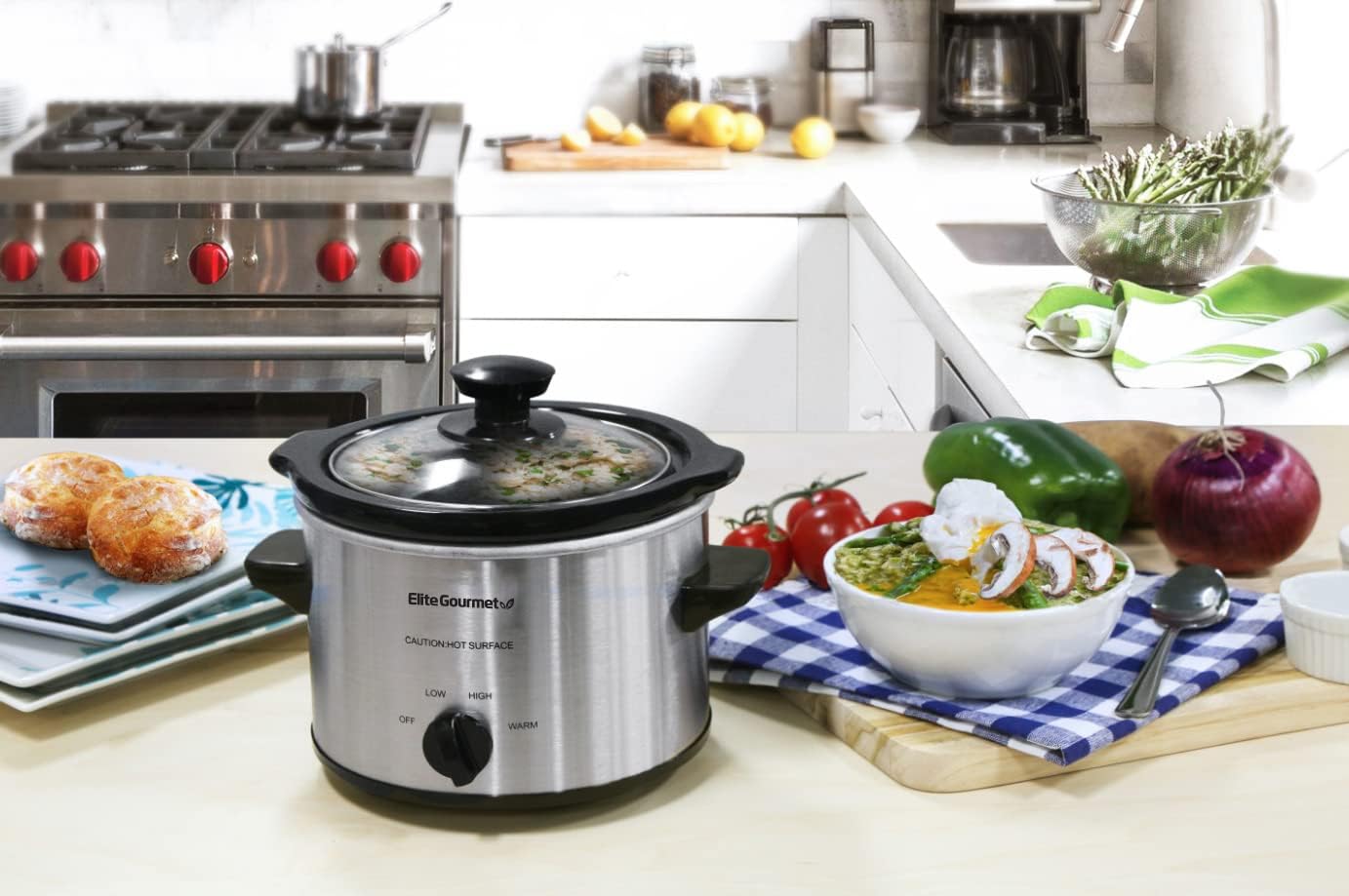
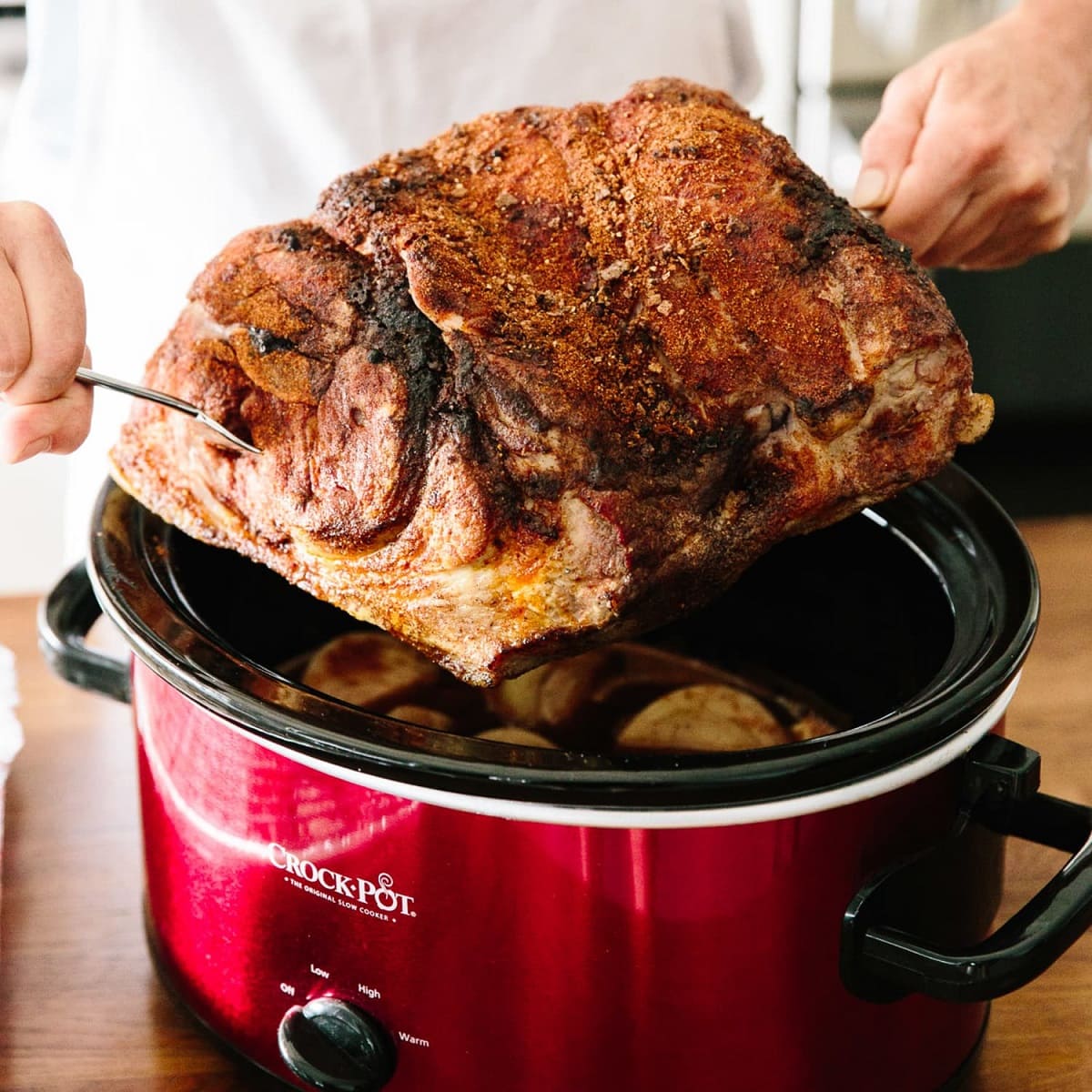
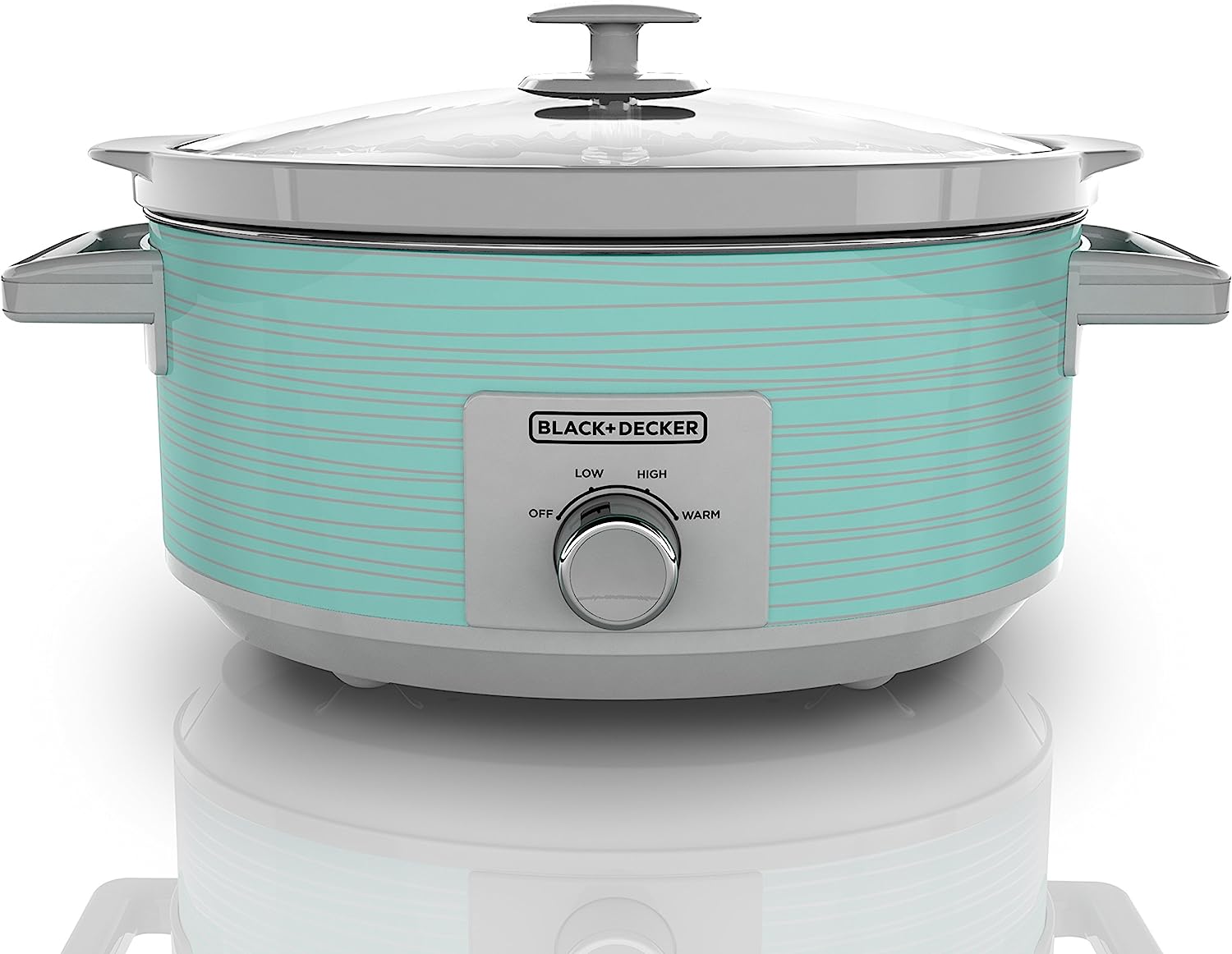
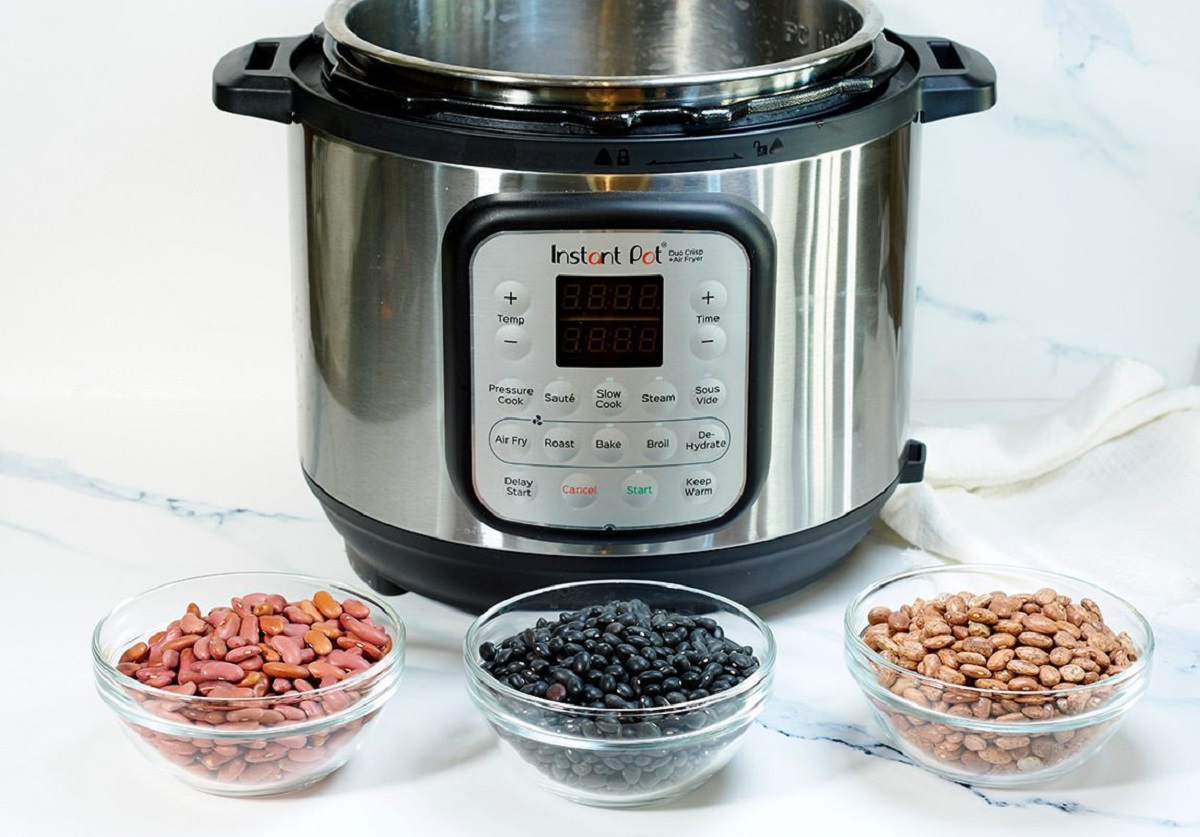
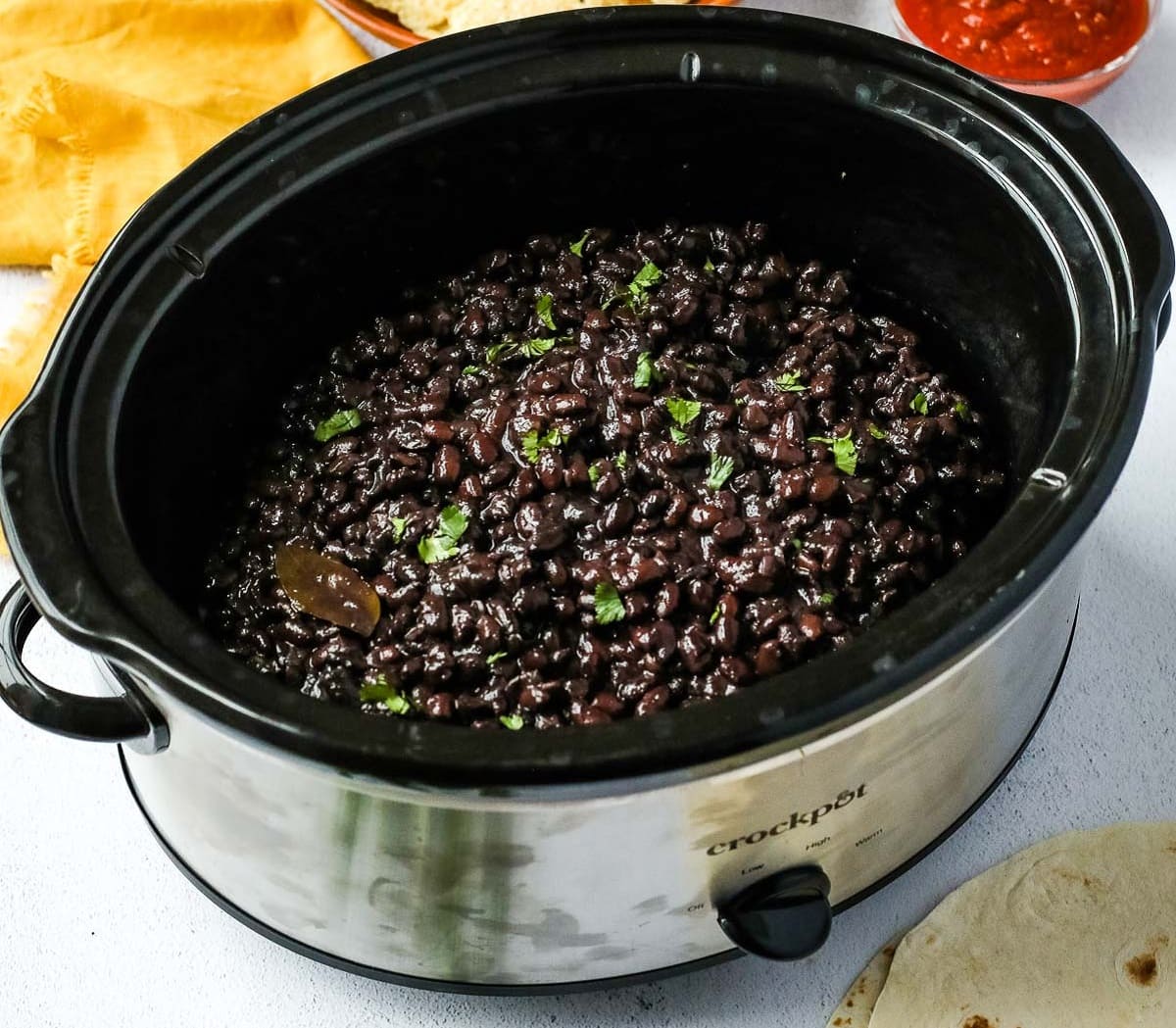
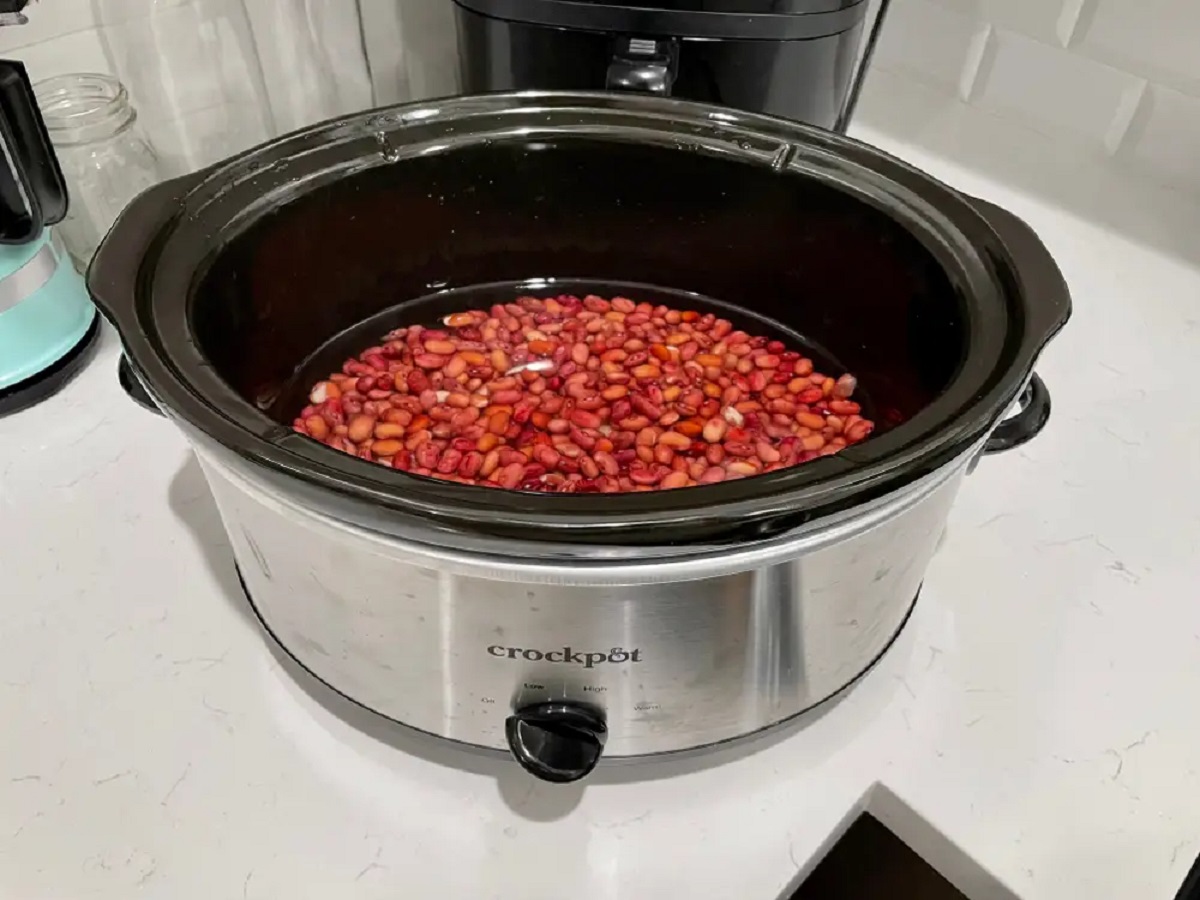
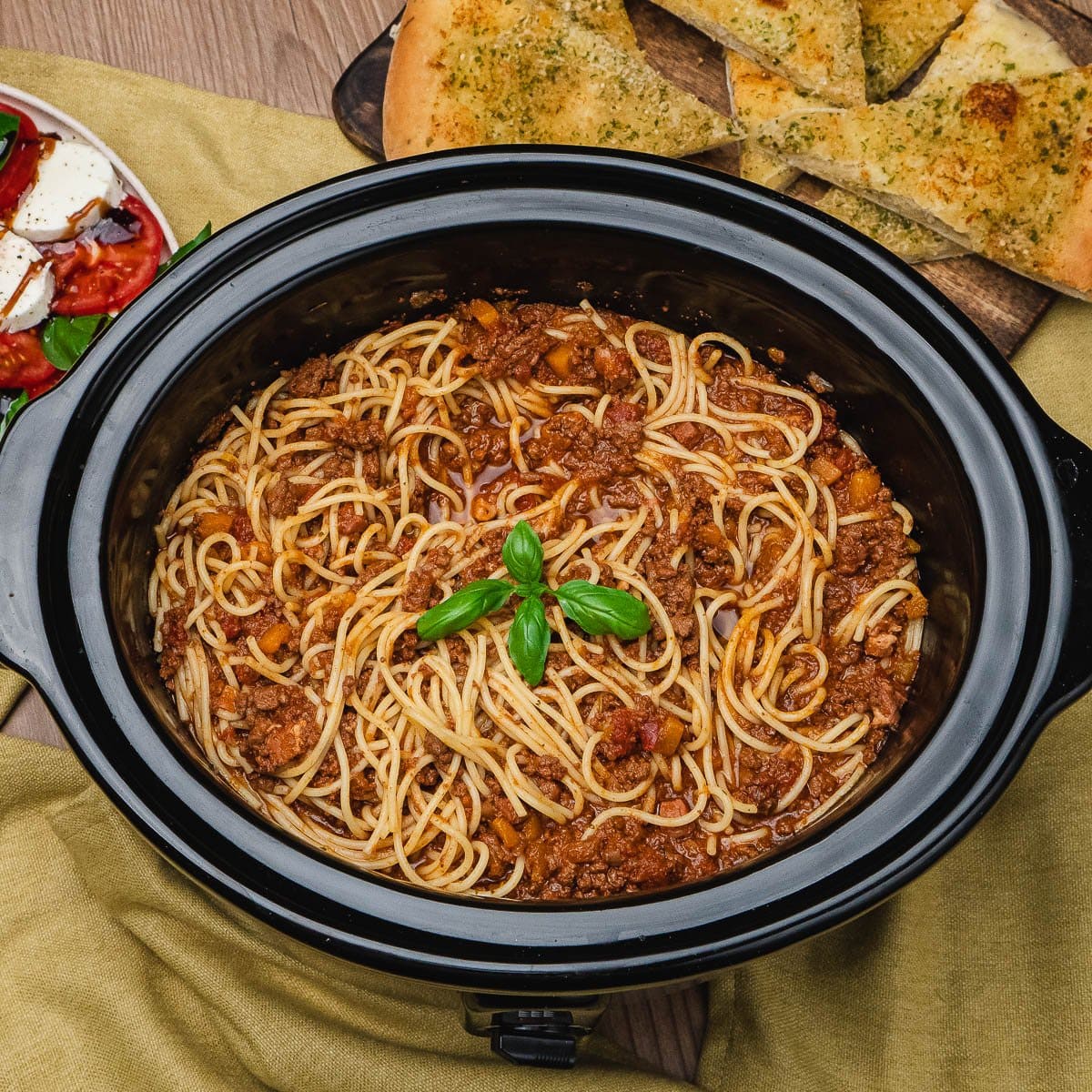
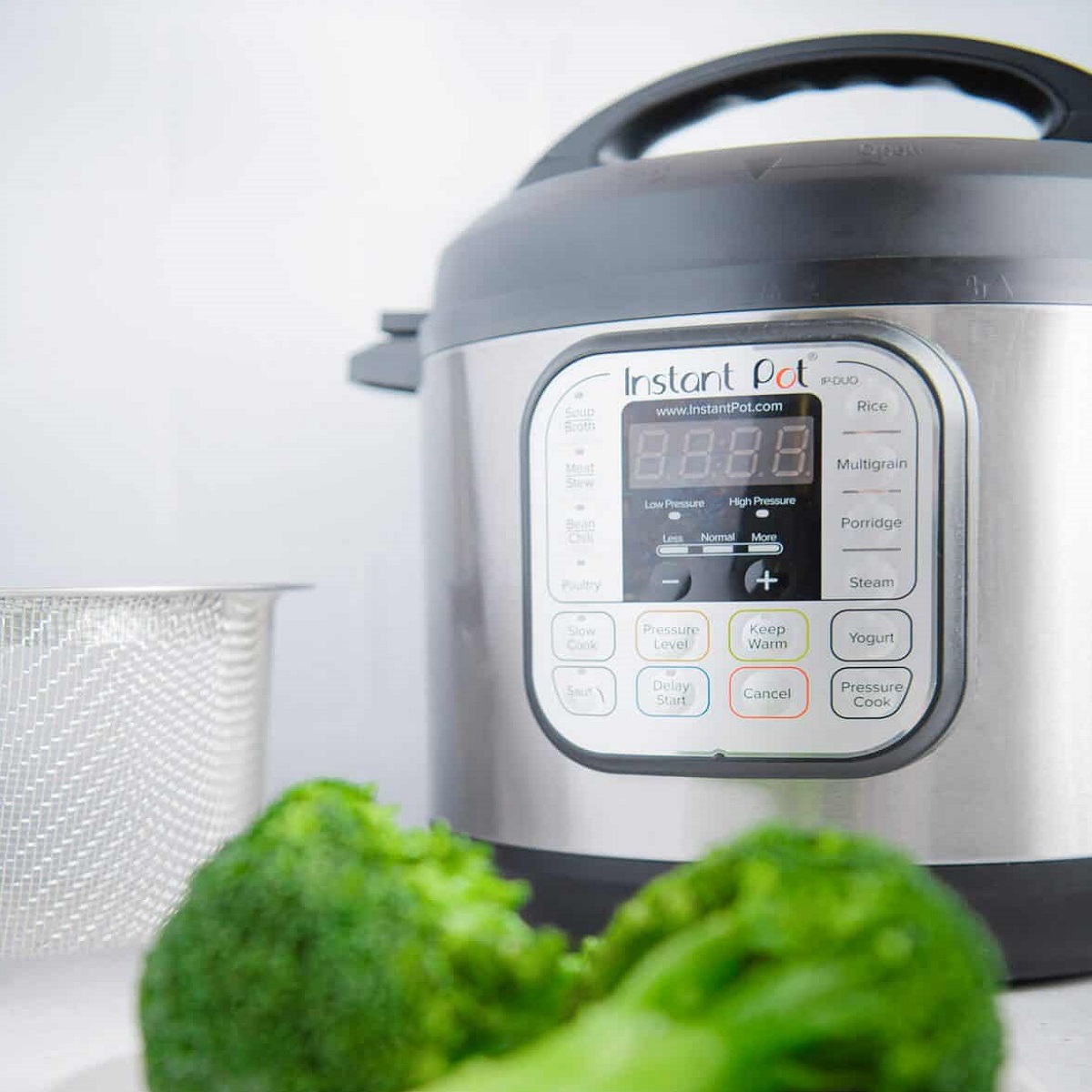
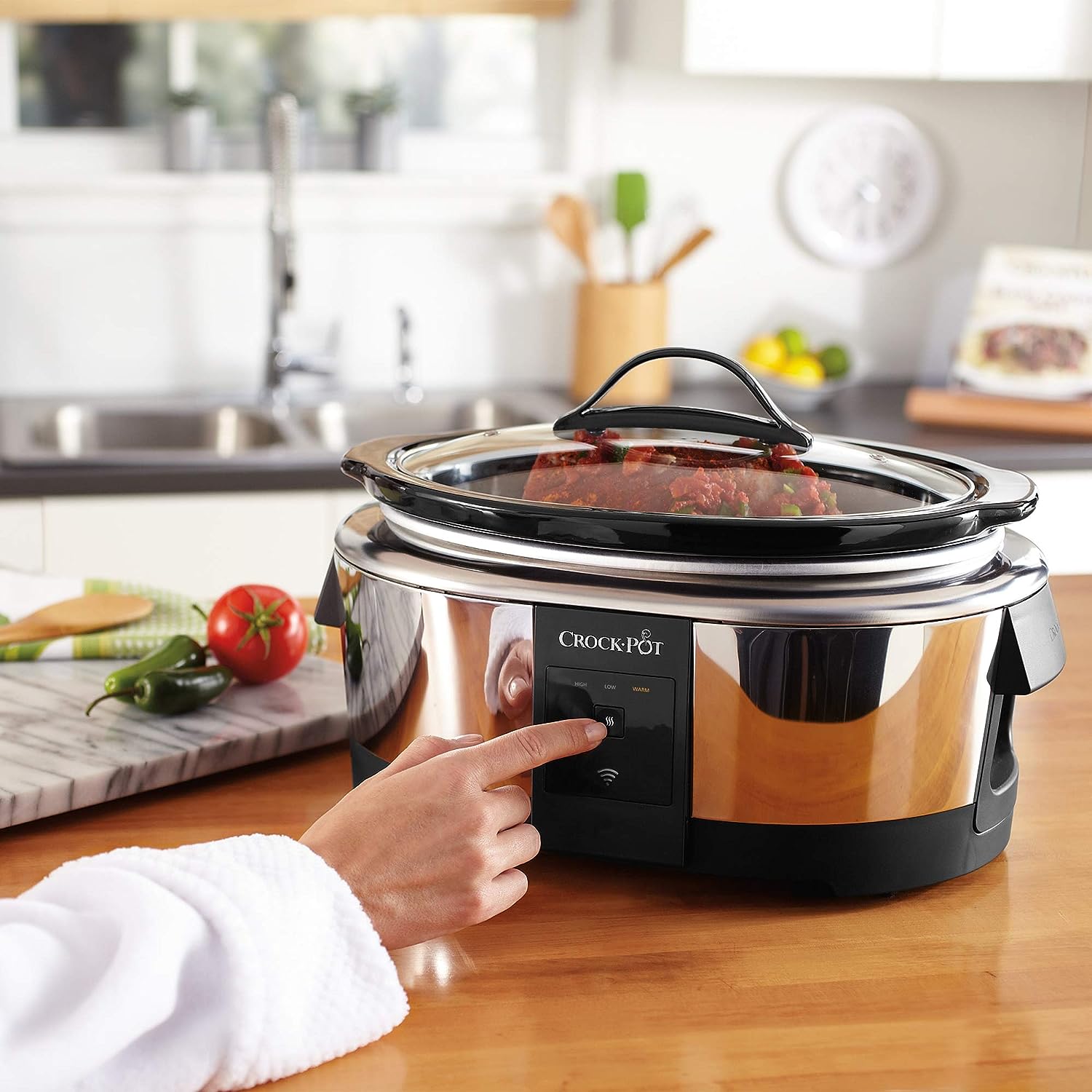
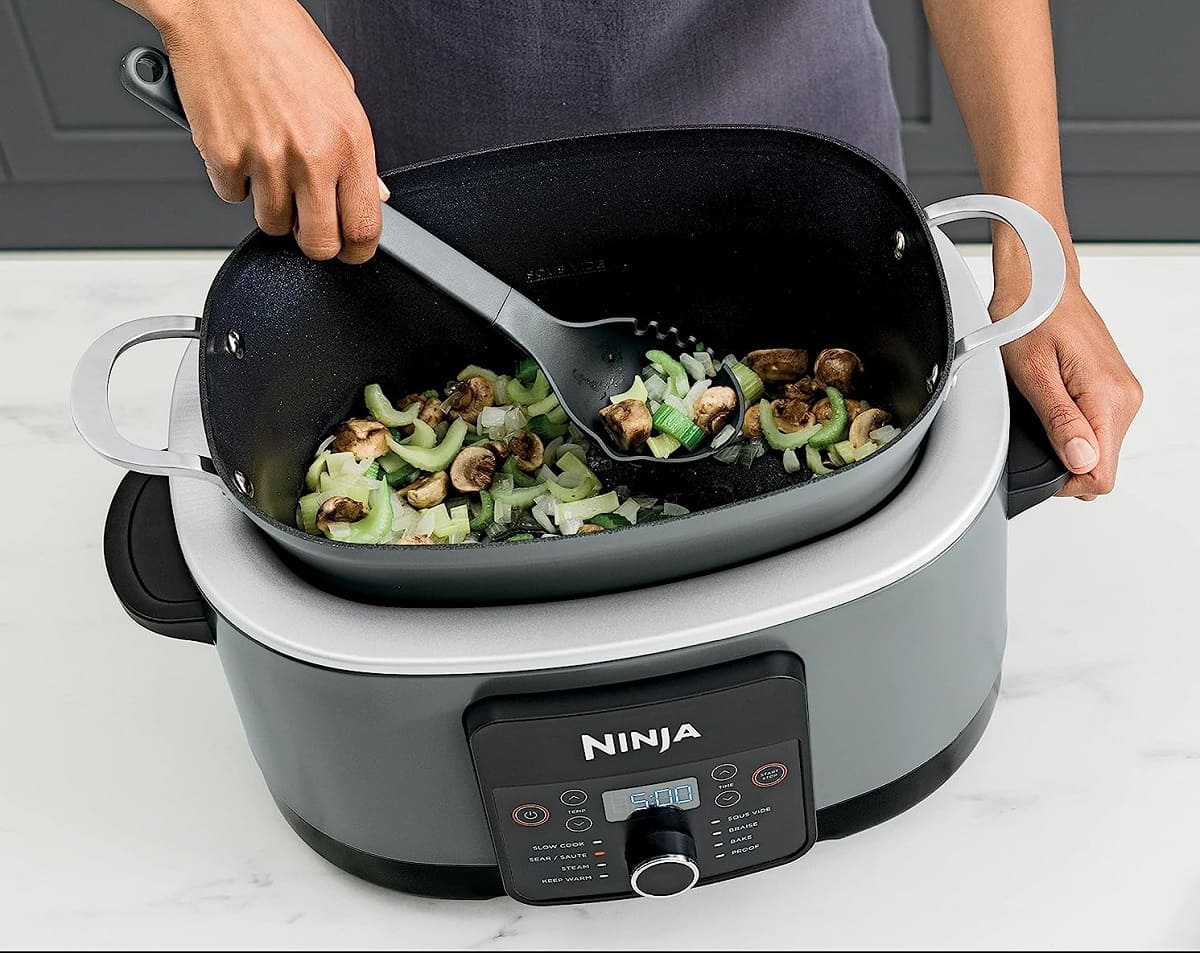
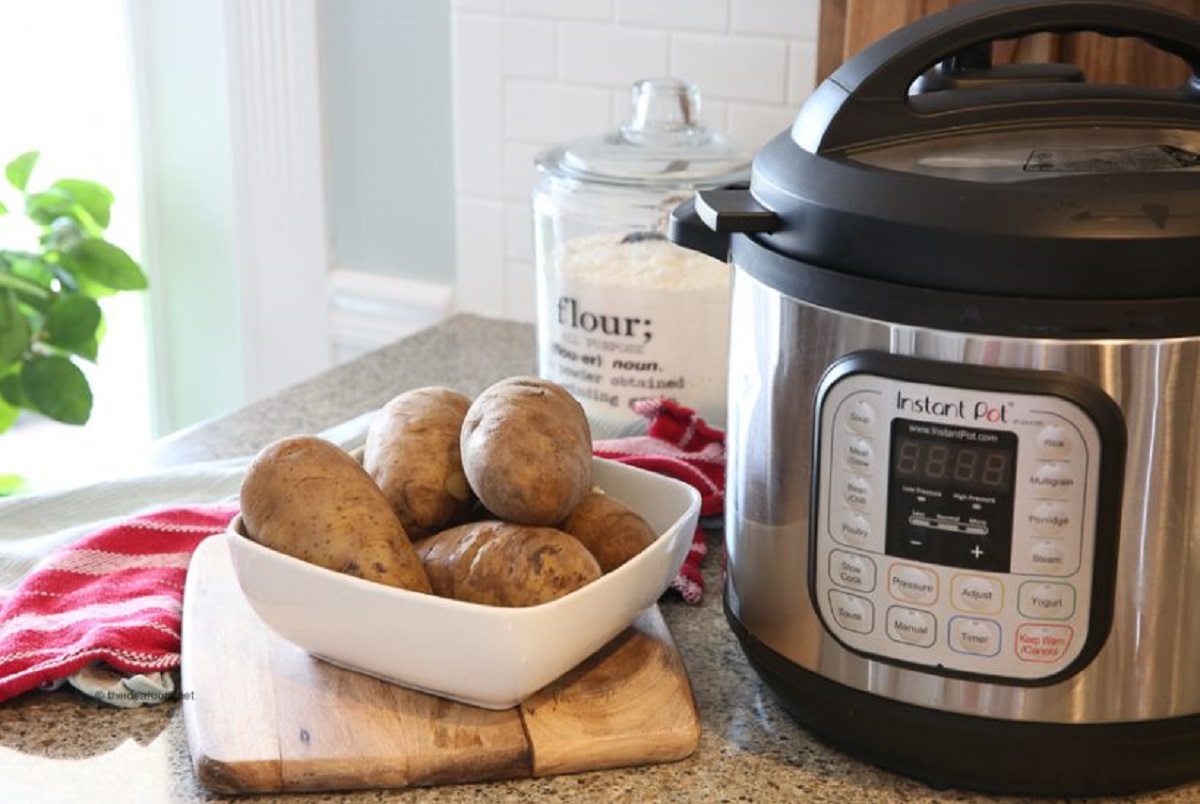
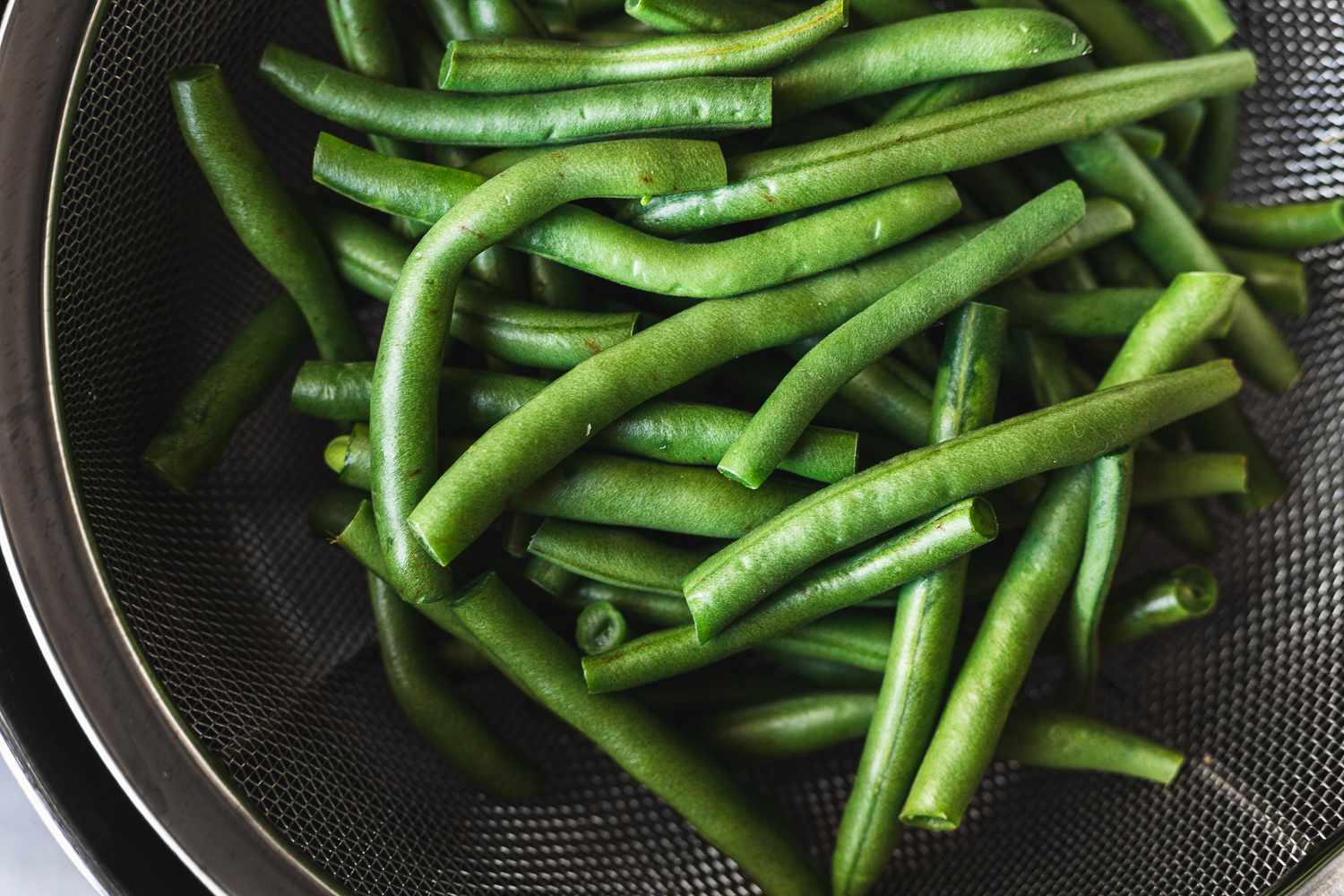
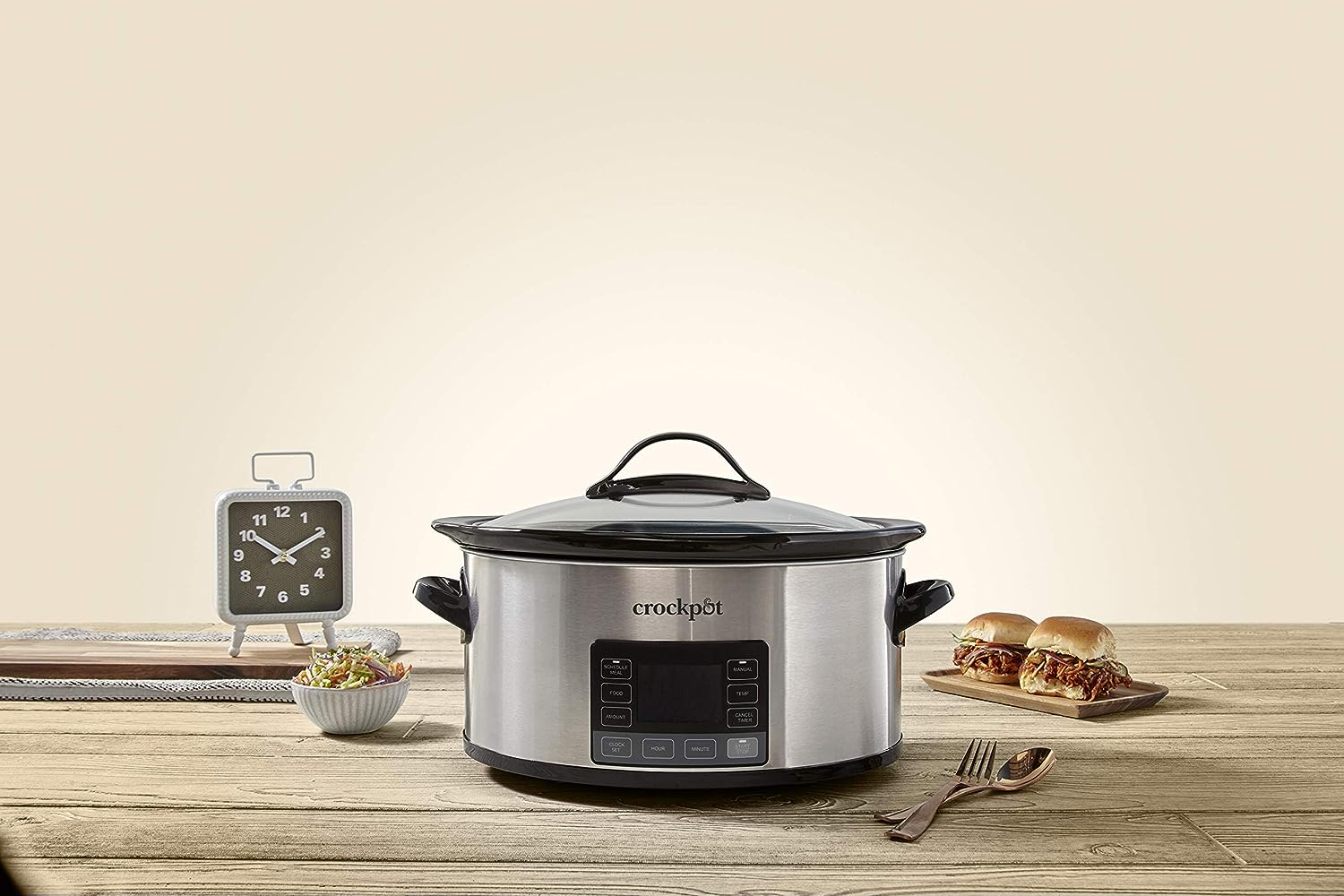

0 thoughts on “How Long Do You Cook Beans In A Slow Cooker”